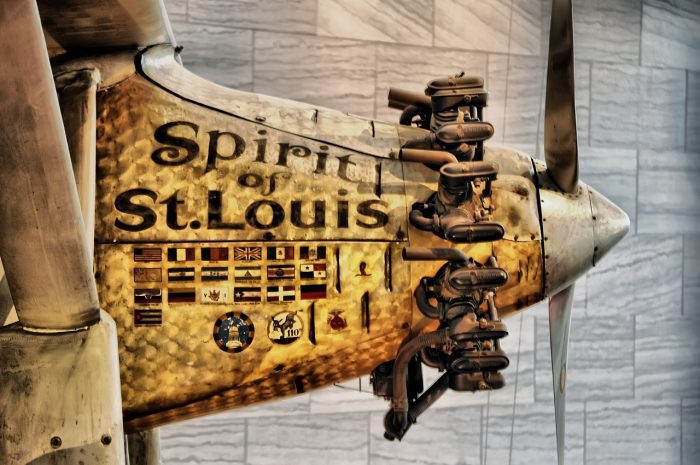Between You and Me: Compare 1920s vs. 2020s — There are remarkable parallels
By Leah S. Dunaief

Publisher
In some ways, the 2020s appear to be similar to the 1920s. We humans like to look for historical parallels, I think, in hopes of using the past to predict the future, futile as that might be. Call them coincidences between the two centuries, if you will, but let’s look at them and judge if history is repeating itself.
The most obvious is the raging coronavirus pandemic of this century and its resemblance to the Spanish Flu that began in 1918 and lasted into the early 1920s.The flu killed some 50 million people worldwide, with 675,000 being Americans. Covid killed 6.5 million, including 1.1 million in the United States.
And although no plans existed for coping with a pandemic in 1918, individual cities did implement school closings, banned public gatherings, issued quarantines and encouraged social isolation. Public health and medical advances have made huge strides, which account for the global change, although the world population has quadrupled in the last 100 years.
We can compare cultural shifts, too. Liberal views toward equality of women and minorities, drug use and sexuality blossomed then, as well as backlashes to these ideas, setting us up for issues that have followed. Marijuana became popular in what was termed “The Jazz Age,” especially among musicians and those in show business. These themes, along with their inherent tensions, are prominently with us today, even if we consider that we have made significant progress in some ways.
Geographically, more of the population began to live in cities than on farms then, and that holds true for our cities and suburbs now. But the divide today is not so much physical as generational. Social media and video games are the provenance of the young, while older Americans still read, watch TV and film.
The stock market and the financial world are strikingly similar while a century apart. Stocks are roaring today, much as they did in the Roaring Twenties. America’s wealth more than doubled in the decade of the 1920s. But it was a time of immense economic prosperity for upper-class white American men. Most Americans, with minimal wages, only experienced income inequality. It was also a time of the one percent owning a widely disproportionate share of that wealth, some 23.9 percent.
Sound familiar? And because the wages of the working class were not brought along with that of the wealthy, as consumers, they could not keep up their vital role. Consumers are responsible for as much as 70 percent of the economy. Depression followed. Again, today the top one percent own some 26 percent, and again income inequality is rampant.
Then there was Prohibition. In 1920, the 18th Amendment banned the making and selling of alcohol. But alcohol didn’t simply go away. It went underground, making petty gangs who transported and sold liquor into powerful forces in the country. Fast forward 100 years and we have drug lords with the same sort of influence over society as a result of similar incredible profits. The legalization of pot is clearly an attempt to learn from the century-old Temperance Movement. The turnaround in policy toward cannabis has provided a big economic boon, as the product has made its way into fiber, food and medicine.
Technology in the 1920s was dramatic and had a profound effect on people’s lives. Fridges, vacuums, telephones, radios, electricity and automobiles changed daily living. Again, major technological innovations, coming along at an exponentially faster pace, are transforming lives today. Consider internet expansion, 5G connectivity, 3D printing and artificial intelligence among most recent debuts. A few people are amassing unprecedented wealth with these marvels. Here we go again with an ever-increasing wealth gap. Plus, both centuries saw workers worried for their job, first with industrialization and now with knowledge. Advancing technology provides miracles and threats. It is also a crucible for social unrest in both centuries.
And then there is transportation. Lindbergh crossed the ocean in 1927. We are on course to fly to Mars in 10 years. Both centuries’ 20s hosted marvels. But the 1920s set the stage for WWII.
Are we learning from history?







